|
After a long and chilly winter, Washington farmer’s markets are beginning to fill up with fresh, colorful produce! Washington has a variety of local produce, but did you know Washington’s sandy soil is ideal for growing asparagus? Asparagus is a perennial flowering plant species - meaning it can live for more than two years. Their young shoots are the delicious green stalks seen at the grocery store. Asparagus is harvested from late February until June, peaking in the spring months. Asparagus is full of flavor and loaded with vitamin A, folate, and potassium. These nutrients are great for our skin, heart and blood health, and so much more! Nutrients found in just 4 spears of asparagus: Nutrient Amount Calories 13 Protein 1.4 grams Fat 0 grams Fiber 1.2 grams Folate 89 micrograms Potassium 391 milligrams Vitamin A 606 IU Vitamin K 30 micrograms 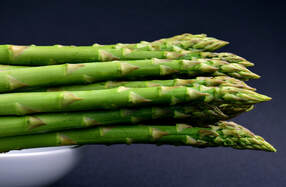 Asparagus & Skin Health While asparagus is full of nutrients that nourish the whole body, it is especially beneficial for skin health. After months of dry winter air, you may find your skin needs some extra care. A diet low in antioxidants may prevent new collagen from forming and limit the body’s healing process. With asparagus being rich in antioxidant vitamins such as vitamin A, it can be a helpful addition to your spring diet to help repair your skin.  Asparagus & Blood Health An important nutrient for blood health is vitamin K, and asparagus is rich in just that! Vitamin K is essential for blood clotting and the healing process. Though this vitamin is fat-soluble and can be stored, the body only keeps a small amount, so it’s good that asparagus is in a large variety of foods. Other sources of vitamin K include green leafy vegetables like kale, collard greens, and broccoli. Asparagus & Heart Health Asparagus is also an excellent source of fiber and potassium, which are great for heart health! A diet high in fiber may improve heart health in many ways, such as reducing cholesterol levels and blood pressure, lowering the risk of cardiovascular disease. Here are some tips to make the most of this seasonal vegetable. Tips to remember at the store:
Tips to remember at home:
 Ways to Include Asparagus In Your Diet: -By itself because why not (baked, grilled, steamed, etc.) -Toss into your favorite pasta dish -Bake into a casserole -Cut spears into halves, then cook into an omelet -Add small pieces to a stir-fry -Spice it up! Try this Pickled Asparagus recipe by Marissa Stevens Wishing you all a nutritious and happy spring! Violet Lederman, Dietetic Intern Katie Shepherd, RDN Sources: http://www.michiganasparagus.org/our-team; https://livesmartohio.osu.edu/food/williams-973osu-edu/appetizing-asparagus/ https://fdc.nal.usda.gov/fdc-app.html#/food-details/168390/nutrients https://pinchandswirl.com/pickled-asparagus/
0 Comments
While it’s still chilly and rainy here in Seattle, we are slowly inching our way into warmer and dryer weather! Soon we will be surrounded by Spring blossoms, the smell of freshly cut grass, and the coveted Pacific Northwest Sunshine. Spring is an exciting time of new growth! With Spring cleaning and the tradition of starting fresh, this is a wonderful time to incorporate more healthy habits into our routine. As the weather warms up, outside activities like biking, kayaking, and hiking are enjoyed by many! Activities like these depend on a strong and healthy heart to keep them going. Below you’ll find out how fats, fiber, and flavor impact our heart health and how to create habits that allow us to enjoy all of our Spring activities with confidence. Swapping Fats Fat in foods helps keep us fuller longer and makes our food satisfying to our taste buds! Fat found in plants typically have a higher proportion of monounsaturated and polyunsaturated fatty acids, which can lower cholesterol numbers and reduce the risk of heart disease. Generally, fatty cuts of meat and full-fat dairy products will have higher amounts of saturated fats. Wild-caught salmon is a great example of a source of omega-3, an unsaturated fat that’s excellent for heart health and, as a bonus, also high in potassium which can help regulate blood pressure. 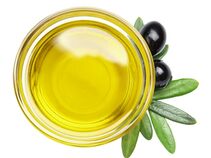 To limit saturated fats, try some of these tips when cooking:
Increasing Fiber-Rich Foods When we increase the amount of fiber in our diet, we can lower our risk of heart disease by lowering blood pressure and cholesterol levels - all while increasing the amount of vitamins and minerals we’re getting. Fiber slows down digestion in our gut which prevents blood sugar spikes, offers prolonged satisfaction, and can help reduce eating past fullness and the feeling of discomfort associated with that experience. To increase your fiber, consider adding more of these foods to your meals:
Swapping Flavors Our bodies only need a small amount of sodium to function. The general recommendation from the Dietary Guidelines for Americans for adults is to enjoy 2,300mg or less of salt a day. However, many Americans are consuming amounts way above these recommendations. Consuming high amounts of salt can increase blood pressure and increase the risk of heart disease. While reducing sodium may seem challenging at first, try slowly incorporating some of the tips below. You may be surprised at how satisfying they can be! Tips to keep the flavor and reduce salt:
Make It Fun! Adding heart-healthy habits to our daily eating patterns doesn’t need to feel overwhelming or boring. Start with some tips that feel doable for you and invite some friends to join in! Try having a themed dinner night where you and a couple of friends all bring a dish to share that focuses on fat, fiber, or flavor and see how creative you can get! Sometimes a little healthy competition is just what we need. Other ideas to immerse yourself in heart-healthy habits:
Friendly Reminder: Prioritizing your heart health doesn’t mean you have to skip dessert! In fact, dark chocolate contains flavonols that can help with lowering blood pressure. Below are two delicious recipes for when you want something sweet that’s also heart-healthy.  Almond and Apricot Biscotti makes 24 cookies Ingredients: 1 ½ cups whole wheat pastry flour ¼ cup brown sugar 1 teaspoon baking powder 2 eggs, lightly beaten 2 Tablespoons canola oil 2 Tablespoons honey 2 Tablespoons low-fat milk ½ teaspoon almond extract ⅔ cup dried apricots, chopped ¼ cup almonds, chopped Optional: dark chocolate for melting Directions Heat oven to 350 degrees. In a large bowl, combine flour, brown sugar, and baking powder. Whisk to combine. Add eggs, milk, oil, honey, and almond extract. Stir with a wooden spoon until it just begins to come together. Using floured hands, add in apricots and almonds until well-blended. Place dough onto a sheet of plastic wrap and shape into a log 13x3 inches and 1 inch high. Invert dough by lifting plastic wrap and placing the top-side face-down onto a baking sheet. Bake for 25-30 minutes or until lightly browned. Let cool for 10 minutes. Using a serrated knife, cut on a diagonal into 1” slices. Transfer back onto the baking sheet, cut-side down. Bake for an additional 12 minutes or until edges begin to brown slightly. Heat chocolate in the microwave for 30 seconds, stir and repeat until completely melted. Drizzle over biscotti and let sit to harden. (adapted from mayoclinic.com) 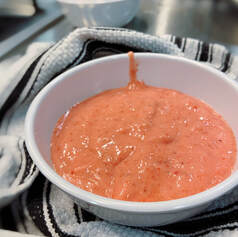 Strawberry Frozen Yogurt makes 4 cups Ingredients: 4 cups frozen strawberries 3 Tablespoons honey ½ cup plain Greek zero or low-fat yogurt 1 Tablespoon lemon juice Directions:
Add frozen strawberries, honey, yogurt, and lemon juice to the bowl of a food processor. Process until creamy – about 5 minutes. Serve immediately or transfer to an airtight container in the freezer for up to 1 month. (Adapted from www/justataste.com) Violet Lederman, Dietetic Intern Resources: https://www.allrecipes.com/recipe/46654/taco-seasoning-ii/ https://www.justataste.com/5-minute-healthy-strawberry-frozen-yogurt-recipe/ https://www.mayoclinic.org/healthy-lifestyle/recipes/almond-and-apricot-biscotti/rcp-20049600 https://www.nutrition.gov/topics/diet-and-health-conditions/heart-health; https://www.todaysdietitian.com/newarchives/020612p24.shtml; |
SD BlogA place for our consultant Registered Dietitian Nutritionists (RDNs) to share nutrition science, yummy and healthy recipes, tips on seasonal ingredients, and other nutritional musings. Enjoy! Categories
All
Archives
May 2024
|


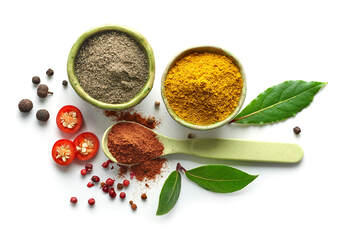
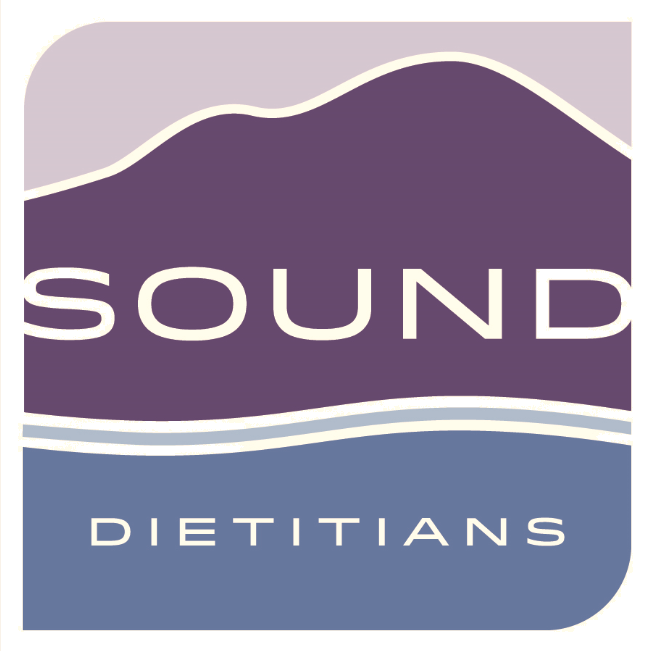
 RSS Feed
RSS Feed